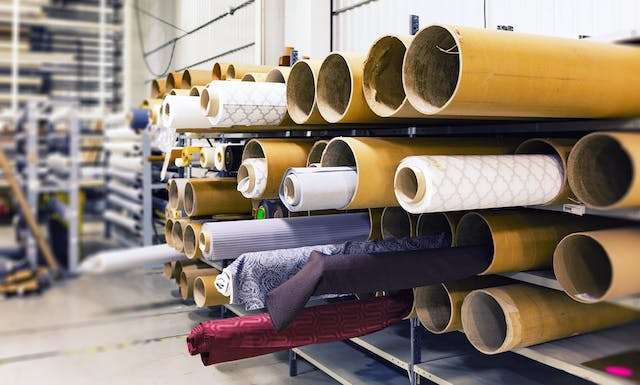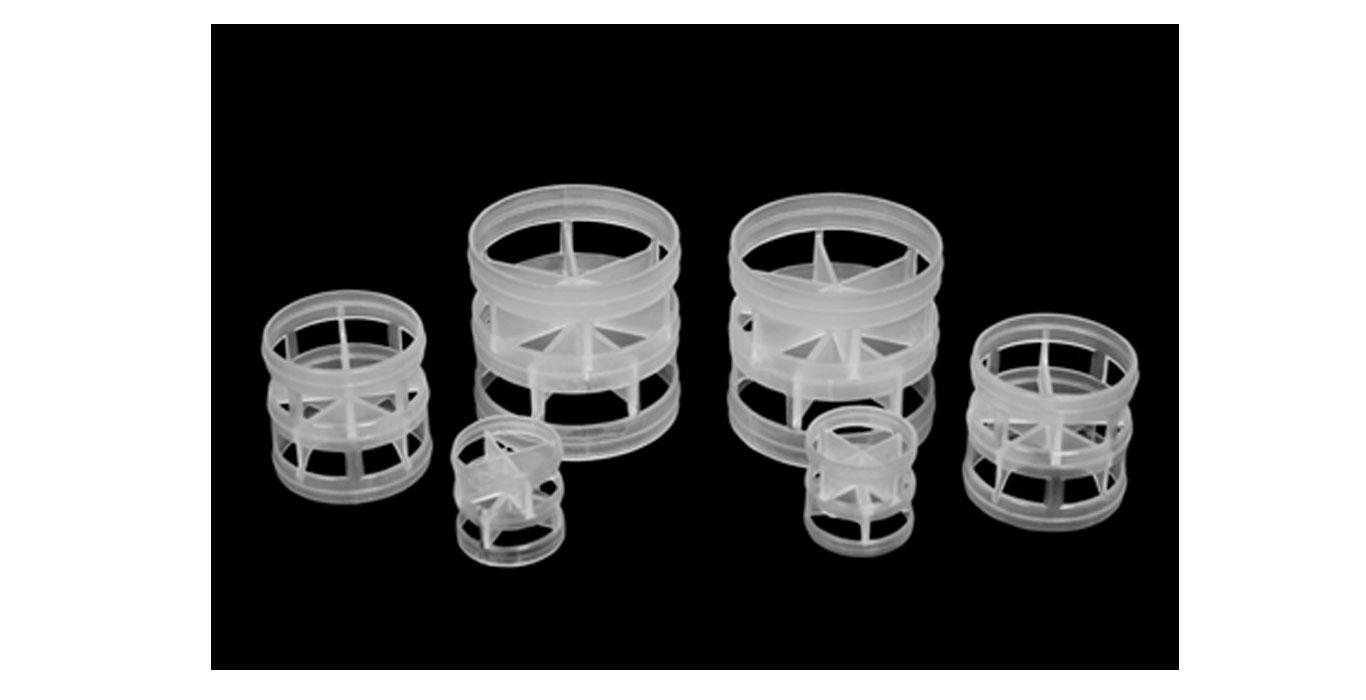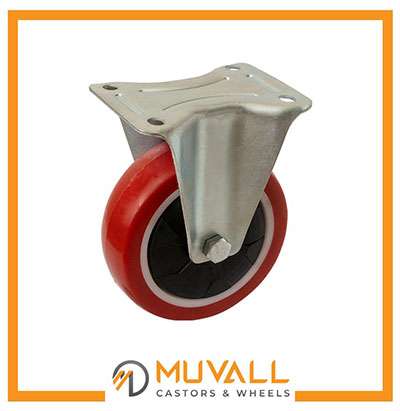In the dynamic realm of manufacturing, maintaining a proactive stance against evolving demands is indispensable for businesses aiming to flourish in the future. Swift technological progress, shifting consumer preferences, and global economic transformations underscore the necessity for manufacturers to adopt strategies ensuring resilience and agility. Here are five pivotal approaches to future-proof manufacturing operations and sustain a competitive advantage in the market.
1. Embrace Industry 4.0 Technologies:
The commencement of the fourth industrial revolution, widely recognized as Industry 4.0, has heralded an epoch of intelligent manufacturing. The incorporation of state-of-the-art technologies like the Internet of Things (IoT), artificial intelligence (AI), machine learning, and robotics has the capacity to substantially enhance efficiency and productivity within manufacturing operations.
Real-time data from IoT-enabled sensors on the production line empowers manufacturers to monitor equipment health, predict maintenance needs, and optimize operations, thereby contributing to a more responsive and streamlined manufacturing environment. AI and machine learning algorithms scrutinize extensive datasets to discern patterns, optimize production schedules, and predict demand fluctuations.
Concurrently, robotics can automate repetitive tasks, diminishing human error and elevating overall efficiency. By assimilating these technologies, including cutting-edge solutions like manufacturing analytics, into manufacturing processes, companies can adeptly respond to demand fluctuations, dynamically adjust production schedules, and optimize resource utilization.
This seamless technological integration not only enhances operational efficiency but also strategically equips manufacturers, leveraging the power of analytics manufacturing, to proactively address forthcoming challenges. This strategic utilization of advanced analytics empowers manufacturers to make informed decisions and stay ahead in an ever-evolving industry landscape.
2. Implement Lean Manufacturing Principles:
Lean manufacturing principles have been pivotal in promoting efficient production for several decades. The foundational principle encompasses the elimination of inefficiencies, the reduction of lead times, and the improvement of overall operational efficiency. Companies can achieve this by refining workflows, minimizing excess inventory, and adopting a just-in-time production model.
Implementation of lean practices amplifies a manufacturer’s capability to adapt to shifting demand patterns, providing a nimble response to market dynamics. Lean manufacturing expedites production ramp-up and downsizing, enabling companies to respond promptly to changes in consumer preferences or unforeseen market fluctuations.
Furthermore, waste reduction and improved resource utilization can lead to substantial cost savings, rendering operations more sustainable and economically viable in the long run.
3. Cultivate an Environment of Innovative Thinking:
In the realm of future-proof manufacturing, innovation serves as the pulsating core, driving progress and resilience. Cultivating an innovative culture within the organization fosters continuous improvement and the evolution of novel products or processes. Companies prioritizing innovation are better positioned to meet emerging market demands and outpace competitors.
This culture of innovation can be nurtured through cross-functional collaboration, investments in research and development, and the encouragement of employee creativity. Manufacturers should actively seek opportunities for product and process innovation, as these endeavors can result in the creation of unique value propositions resonating with evolving consumer needs.
4. Build Strategic Partnerships:
In an interconnected global economy, strategic partnerships serve as potent tools for future-proofing manufacturing. Collaborating with suppliers, distributors, and even competitors provides access to complementary resources, expertise, and market insights. By establishing a network of strategic partnerships, manufacturers can forge a more resilient and adaptable supply chain, ensuring flexibility in the face of unforeseen challenges.
These collaborations empower manufacturers to share the burdens of demand uncertainties effectively. In times of sudden spikes in demand, reliable partners facilitate the distribution of the production load, optimizing capacity; similarly, during periods of low demand, collaborative efforts present opportunities for shared resources, enhancing efficiency and yielding substantial cost savings.
5. Invest in Workforce Development:
In tandem with technological advancements, the human factor remains indispensable for manufacturing success. Investing in workforce development ensures employees possess essential skills for navigating modern manufacturing intricacies. As technology evolves, upskilling and reskilling become imperative, maintaining an adaptable workforce prepared for future challenges.
Cultivating an environment that promotes ongoing learning and sustained engagement not only bolsters employee retention but also acts as a magnet for attracting high-caliber talent. A skilled and motivated workforce is better equipped to implement new technologies, troubleshoot issues, and significantly contribute to the company’s overall success and innovation, establishing a resilient foundation for sustained excellence in the ever-changing landscape of manufacturing.
This strategic focus on human capital solidifies the company’s capacity to innovate, adapt, and thrive in dynamic market conditions.
Conclusion
Future-proofing manufacturing demands a multifaceted approach that integrates technological advancements, operational efficiency, innovation, collaboration, and employee development. By embracing these strategies, manufacturers position themselves not only to meet current demand but also to adapt swiftly to the dynamic challenges on the horizon. Those who embrace change and invest in future-ready practices are poised not just to survive but to thrive in the manufacturing landscape of tomorrow.










